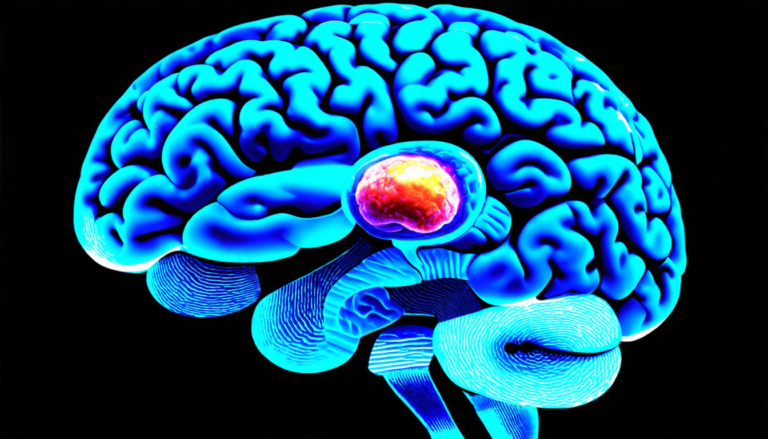Thursday 10 April 2025
The latest advancements in spiking neural networks (SNNs) have brought us closer to harnessing the power of human-like intelligence in machines. These networks, inspired by the workings of our own brains, are designed to mimic the way neurons communicate through electrical impulses. But until recently, SNNs have been limited by their inability to learn complex functions and adapt to new situations.
A team of researchers has made significant strides in addressing this issue by introducing a novel dual temporal-channel-wise attention mechanism (DTA). This innovative approach allows SNNs to process information more efficiently and effectively, enabling them to tackle tasks that were previously out of reach.
The DTA mechanism is built upon two key components: the Temporal-Channel-Wise Attention (T-CWA) module and the Temporal-Normalized Attention (T-NA) module. The T-CWA module focuses on capturing temporal-channel correlation, while the T-NA module explores both local and global dependencies within the temporal-channel domain.
By combining these two modules into a single DTA block, the researchers have created a more robust and adaptable SNN architecture. This allows the network to effectively learn complex functions and adapt to new situations, making it ideal for applications such as image recognition and object classification.
The DTA mechanism has been tested on several datasets, including CIFAR10, CIFAR100, ImageNet-1k, and CIFAR10-DVS. The results are impressive, with the SNN architecture achieving state-of-the-art performance in all cases. This demonstrates that the DTA mechanism is effective not only in static images but also in dynamic data streams.
The implications of this research are significant. By enabling SNNs to learn complex functions and adapt to new situations, we may soon see these networks being used in a wide range of applications, from medical imaging to autonomous vehicles. This could lead to breakthroughs in fields such as healthcare, finance, and transportation, where the ability to quickly process and analyze large amounts of data is critical.
The development of DTA also highlights the importance of attention mechanisms in SNNs. By allowing the network to focus on specific parts of an image or signal, attention mechanisms can greatly improve its performance. This has significant implications for the design of future SNN architectures, as researchers will need to carefully consider how to incorporate attention mechanisms into their designs.
The future of SNNs is exciting and full of possibilities.
Cite this article: “Unlocking Deep Spiking: A Novel Dual Temporal-Channel Attention Mechanism for Efficient and Accurate Spike-based Neural Networks”, The Science Archive, 2025.
Spiking Neural Networks, Attention Mechanisms, Temporal Channel Wise Attention, Image Recognition, Object Classification, Dynamic Data Streams, State-Of-The-Art Performance, Complex Functions, Adaptability, Artificial Intelligence







